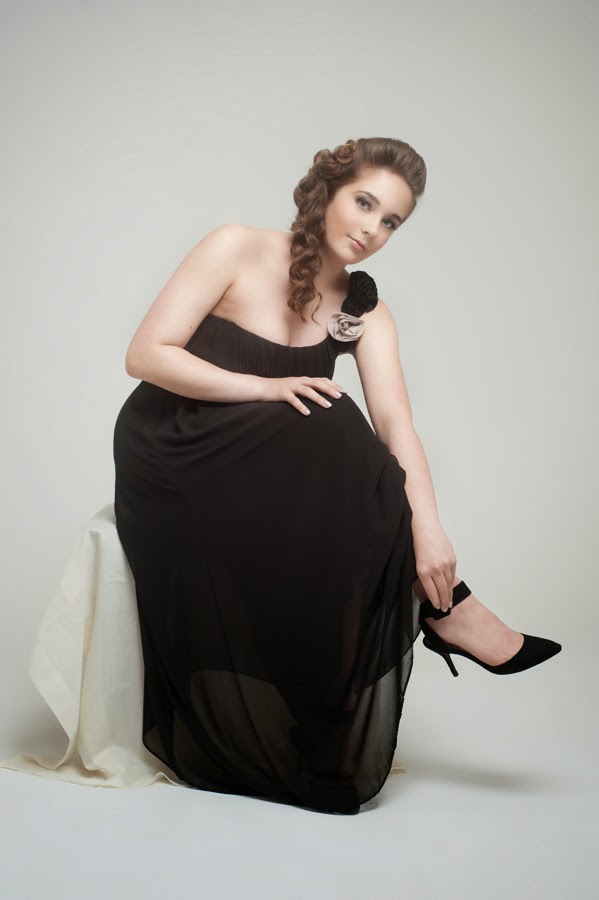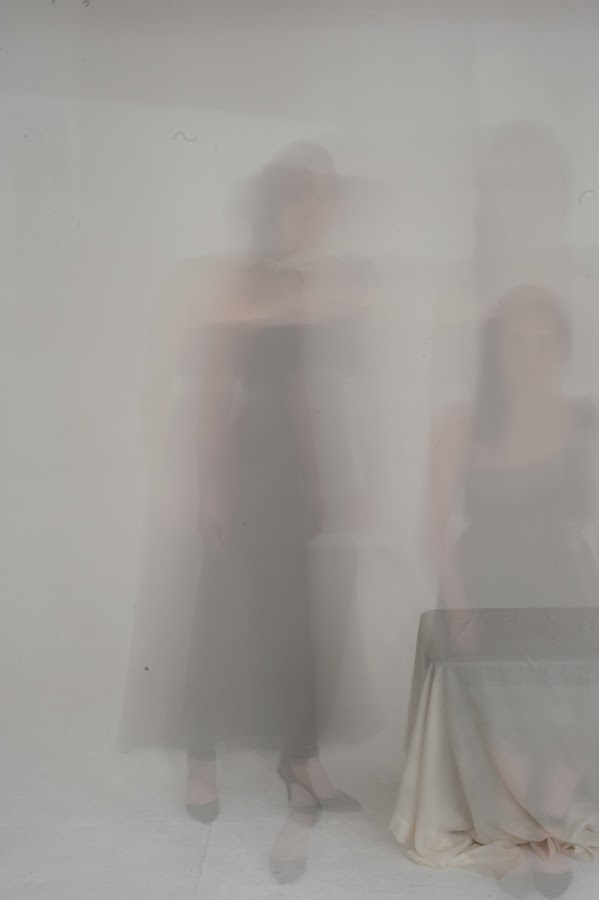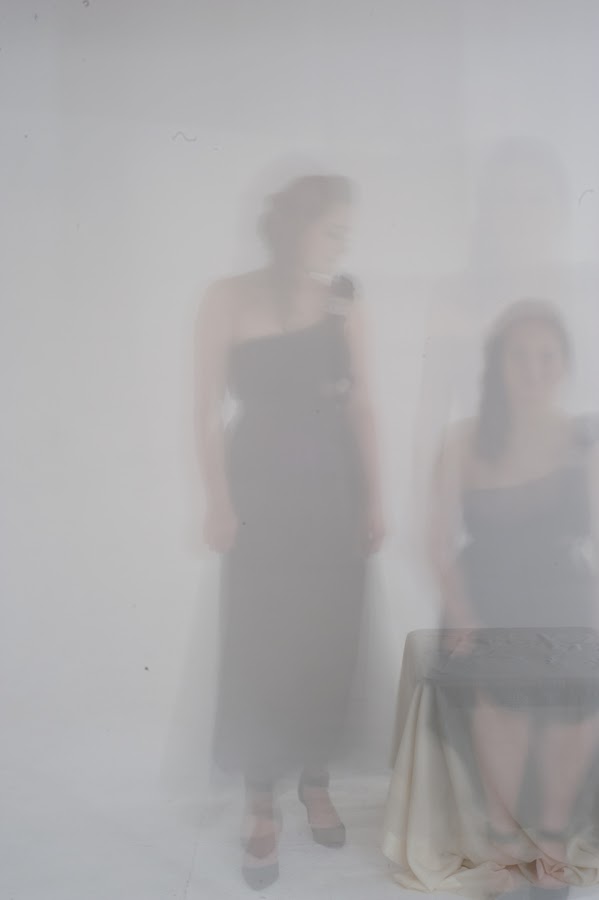It is said that using current available
studio flash strobes you cannot achieve the style of lighting redolent of the
classic Hollywood pictures produced in the 1940s and 1950s, except perhaps
using the Fresnel type which gives the more contrasting variation between light
and shadow typical of the continuous lights available to photographers in these
eras.
So, not having the Fresnel available I
worked on using a technique called a light on a light in a portrait setting.
Basically this is using a hard edged reflector on one strobe as the key light
positioned to light only the head and shoulders of the subject and in the same
position straight behind it so close that the two could be touching, a strobe
fitted with a much larger softbox set at one to two stops less than the key
light. The aim is that we have a clear hard edge to the light around the head
and shoulders with a tapering spread caused by the larger softbox. The image
below is what I got using this method.
The key light was an 18inch, beauty dish with
a grid fitted to focus the light and covered only the head and shoulders. The
light behind it was fitted with a 4feet x 4 feet softbox. Initially the key was
metered at an aperture of f9 (at 1/125 sec shutter speed, below the sync speed
of the camera) and the softbox metered separately at f5.6. When set the
resultant combination was metered at f10. The image was converted to black and white in Photoshop and some very slight softening applied
The model was Jasmine Sirs and the photo
taken at our Bakehouse Hill Studio in Darlington, UK.




